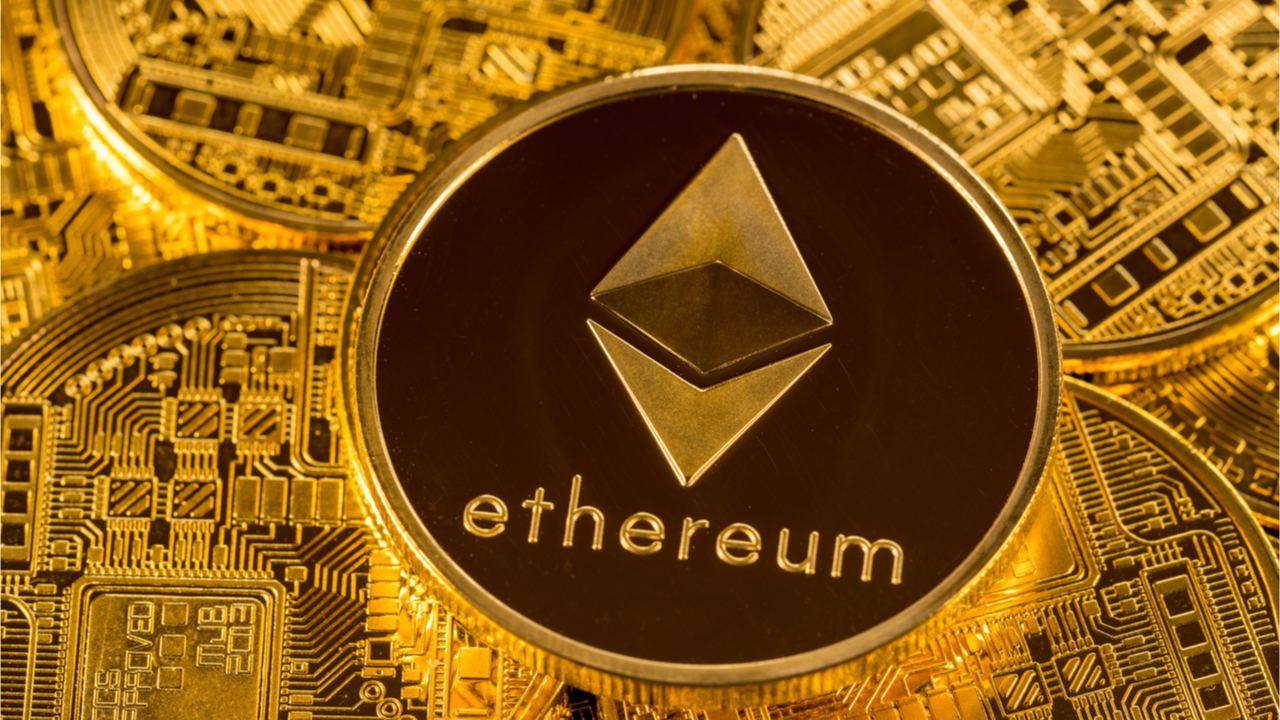
FTX founder Sam Bankman-Fried and Alameda Ventures made recent headlines for bailing out a handful of CeFi crypto platforms this week, but what exactly do market makers do?
Alameda Research is a cryptocurrency trading firm and liquidity provider founded by crypto billionaire Sam Bankman-Fried (SBF). Before founding his firm in 2017, SBF spent three years as a trader at the quantitative proprietary trading giant Jane Street Capital, which specializes in equity and bonds.
In 2019, SBF founded the crypto derivatives and exchange FTX, which has quickly grown to become the fifth-largest by open interest. The Bahamas-based exchange raised $400 million in January 2022 and was valued at $32 billion.
FTX’s global derivatives exchange business is separate from FTX US, another entity controlled by SBF, which raised another $400 million from investors including the Ontario Teachers Pension and SoftBank.
The self-made billionaire has big dreams, like purchasing finance giants like Goldman Sachs, and in July 2021, he previously mentioned that “M&A [mergers and acquisitions] is going to be the most likely use of the funds,” raised from investors.
On June 18, crypto brokerage Voyager Digital announced that Alameda Research had agreed to give the company a 200 million USD Coin (USDC) loan and a “revolving line of credit” of 15,000 Bitcoin (BTC) worth $319.5 million at current prices.
During an interview with NPR on June 19, SBF stated that Alameda Research and FTX “have a responsibility to seriously consider stepping in, even if it is at a loss to ourselves, to stem contagion.”
In the interview, SBF noted that his companies had done this “a number of times in the past,” including a $120 million loan to the then financially-troubled Japanese crypto exchange Liquid.
This news raises some interesting questions, but more importantly, traders should understand what a proprietary trading firm is and how market makers work in the crypto industry.
What is a proprietary trading firm?
Proprietary trading means the investment firm or vehicle uses their own money instead of seeking commissions from clients’ trading. Banks and financial institutions use this trading strategy to make profits, carving risk from their balance sheet.
By applying sophisticated modeling and trading software, quantitative firms resort to diverse strategies to find a competitive advantage over regular traders and investors, including arbitrage, derivatives and high-frequency market access.
Also known as “prop trading,” this activity is a popular concept in traditional finance, bonds, stocks, commodities and debt instruments.
What’s liquidity provision?
Entities that provide liquidity facilitate trading in financial instruments by offering their own resources so that buyers and sellers can easily trade. Liquidity is the ability to convert an asset into cash, so, essentially, “liquidity providing” means market-making.
Market makers are regulated entities in traditional finance. Their job is to keep a minimum bid and ask for quotes at all times so that investors find the necessary liquidity when entering or exiting a market.
This process is usually handled by specialized trading firms, but the activity can also be carried out independently. Official market markets have access to lower trading fees and funding, but anyone can run arbitrage trades at their own expense and risk.
What is Alameda Research’s involvement with crypto?
Alameda Research, Jump Trading and DRW Cumberland, are some of the leading prop trading firms that provide liquidity for centralized exchanges and decentralized finance (DeFi) usage.
These businesses aim to generate profit for their respective shareholders, but sometimes this means creating direct exposure to crypto assets and intermediaries. In a nutshell, they take on risk for a potential longer-term gain — risk is a key part of the liquidity-providing business.
The views and opinions expressed here are solely those of the author and do not necessarily reflect the views of Cointelegraph. Every investment and trading move involves risk. You should conduct your own research when making a decision.
















